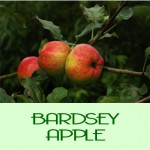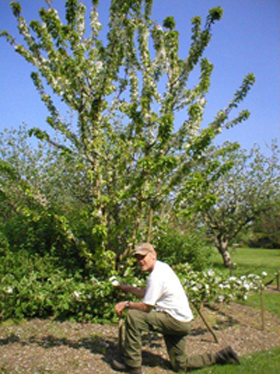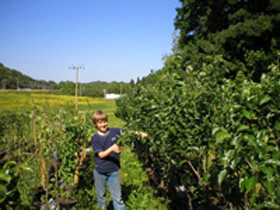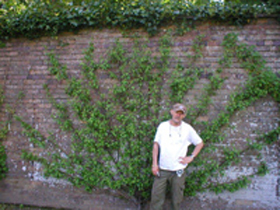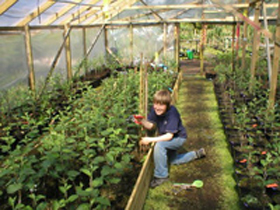|
In 1998 we discovered the Bardsey Island Apple which led to a massive resurgence of interest in old, almost extinct Welsh Varieties.
These tough, disease resistant fruit trees are now being planted throughout Wales, the UK & Europe, even as far as the US and New Zealand!
Why not plant a special fruit tree in your garden and be part of the growing popularity of rare fruit trees.
When you plant a fruit tree, remember that it will almost certainly outlive you. Take your time, choose wisely. Let your kids and their kids enjoy unique, tasty and unsprayed fruit.
We plant too few trees in our lives
Ian, Sion & Joseff Sturrock
Below are some tips on apple selection but it is recommended that you visit the Ian Sturrock website for the most comprehensive guide on selection and growing of Apples and fruit trees on the internet
www.iansturrockandsons.co.uk
SITE SELECTION
When planting and tending your tree please bear in mind the following:Apple trees prefer a deep loamy, well-drained, slightly acid soil preferably on a south-facing slope.
It would be best to give the tree as good a soil and site as possible.Allow plenty of air movement around and through the tree.
A warm airy site will help reduce the likelihood of scab forming on the fruit and canker from causing dieback of the wood.Both these fungi need humidity to flourish.
Avoid frost pockets when choosing your site.
Very few apple varieties are self-fertile; they need another different variety that flowers at the same time to cross-pollinate.
Obviously you have more chance of success if there are several potential pollinators nearby.
Root Stocks
All fruit trees aree grafted onto rootstocks.
The rootstocks determine tree size.
Bigger trees are more robust and produce more fruit, but take up more space. Always choose a bigger rootstock if you need extra anchorage, or your soil is poor (very wet, dry or rocky).
Small trees can’t compete with grass & weeds.
.
|
